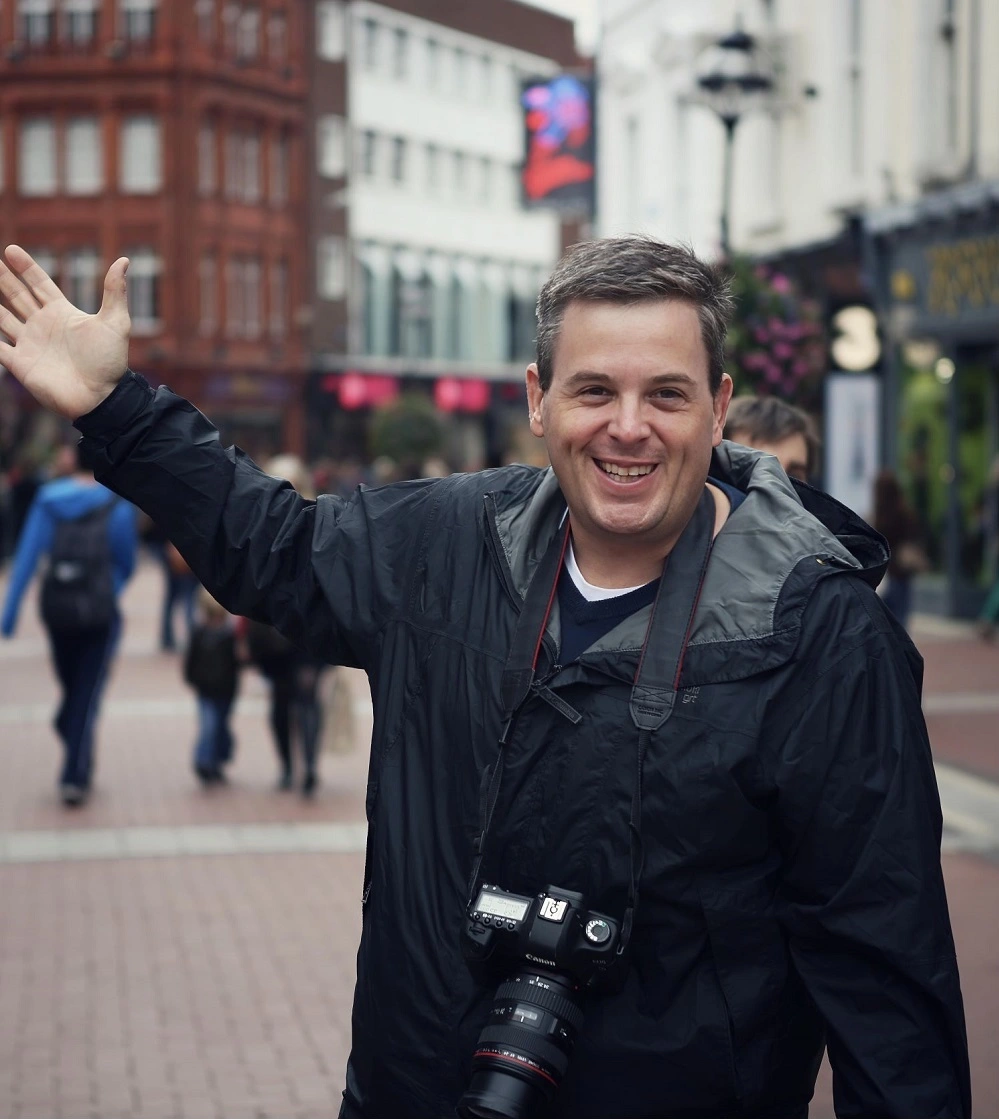 The insurance industry is constantly looking for new tools and data sources to refine their approach. One of the biggest new innovations comes in the form of aerial imagery, often collected through drones. Not only can drone footage make an inspector’s job easier, but it can also speed up the claims process, spot potential hazards, and provide more accurate results for both homeowners and insurers. Drone insurance inspections are becoming more common and adapted day by day by insurance companies both large and small.
The insurance industry is constantly looking for new tools and data sources to refine their approach. One of the biggest new innovations comes in the form of aerial imagery, often collected through drones. Not only can drone footage make an inspector’s job easier, but it can also speed up the claims process, spot potential hazards, and provide more accurate results for both homeowners and insurers. Drone insurance inspections are becoming more common and adapted day by day by insurance companies both large and small.
Below, learn more about how insurance companies use aerial imaging from drones and other aircraft, courtesy of an expert Rhode Island drone videographer.
What is Aerial Imagery in Insurance?
In the insurance world, aerial imagery refers to pictures or video footage taken from above. These images can come from:- Satellites: Google earth can offer a birds-eye view of nearly any property in the country, though the imagery isn’t always up-to-date
- The target audience: Who do you want your videos to appeal to? Paying customers, executives, investors? A clear target audience helps your videographers understand the goal.
- Aircraft: Aerial survey companies, like the Geospatial Insurance Consortium (GIC) have a database of property aerials collected from aircraft imagery. Insurance companies often rely on included properties when making policy decisions.
- Drones: Some insurance companies may deploy their own drones during inspections, or contract local pilots
How do Insurance Companies Use Aerial Imagery?
Images taken remotely help inspectors, adjusters, and other insurance pros an additional level of information to make informed decisions at their jobs. Accurate aerial imagery from a drone or database can help an insurance company during any of the following tasks:- Insurance Underwriting: Many insurance companies now use aerial imagery to look for risks before issuing policies or during renewals.
- Property Surveys: Aerial images can reveal potential hazards on a property, such as dead trees or sinkholes.
- Claims Inspections: A drone can collect imagery of dangerous, or hard-to-reach spaces on a property, like the roof.
The Benefits of Aerial Imagery in Insurance
As drone imagery and insurance databases become more accurate and widely available, you can expectA 2025 survey by the Insurance Research Council found that 9 out of 10 homeowners could see possible benefits to insurance companies using aerial imagery, including faster claims, better hazard detection, and fairer decisions.
- Safer Than Physical Inspections: Insurance drones have no problem flying above roofs or remote corners of a property without risking an inspector. With a drone insurance inspection, an inspector can simply review the footage without having to scale a ladder or go on a hike.
- Lower Costs: Fewer in-person inspections means insurance companies have lower overhead. In some cases, they can pass those savings on to policy holders with lower fees.
- Faster Decisions: In some cases, using an imagery database can replace on-site inspections. This allows insurance companies to process more claimswith less time, and for homeowners to get faster communication.
- Good Communication: If an aerial database reveals a potential danger, insurance companies can bring their concerns to policy holders, allowing them to take preventative measures.

Aerial Imagery Legislation
Of course, while aerial imagery can come with many potential benefits for both homeowners and insurers, it’s not without controversy.For example, 60% of IRC surveyed homeowners didn’t even know that insurance companies use aerial footage during underwriting. Another 31% of homeowners from the IRC survey worried about the accuracy of aerial images. After all, if an insurer uses imagery from an older database to deny a claim, they may be operating off outdated images.
Using footage from a drone flyover, rather than an online database, is one solution. Recent drone footage can give both insurers and homeowners clear, up-to-date footage
The Future of Aerial Imagery in Insurance
What’s more, some states are introducing legislation to regulate the use of drones and insurance. For example, a California bill introduced in May 2025 would create guidelines around the use of drones in residential insurance. As currently written, it would require insurance companies to:- Notify homeowners 30 days before using drones to capture aerial imagery of their property
- Provide written notice of any issues and offer 120 days to address concerns
- Destroy any drone-collected data of a client’s property within 90 days
A Rhode Island Drone Pilot for Aerial Imagery
Aerial imagery insurance needs to be more than just a supplementary tool. When used with full transparency, it’s a valuable asset that can provide more accurate data and lead to faster claims, safer inspections, and a more proactive relationship between insurers and homeowners.And, if you’re looking for a local Rhode Island drone pilot to gather clear, thorough video footage of a property for insurance purposes, McVeigh Media is on the case. Our fleet of drones can capture 4k footage of rooftops, tall buildings, or disaster damage. You can count on us to gather the clear, HD imagery you need for better insurance.
Contact us today to learn how we can help.
Posted by Sean McVeigh
Sean McVeigh is an award-winning filmmaker and producer with over 25 years of experience. Sean’s work as a cinematographer and editor has been viewed on many of the major TV networks including NBC, ESPN, and the BBC. He has also worked with iconic brands like Apple, GE, Jaguar, Amtrak, US National Parks Services, and AAA.

